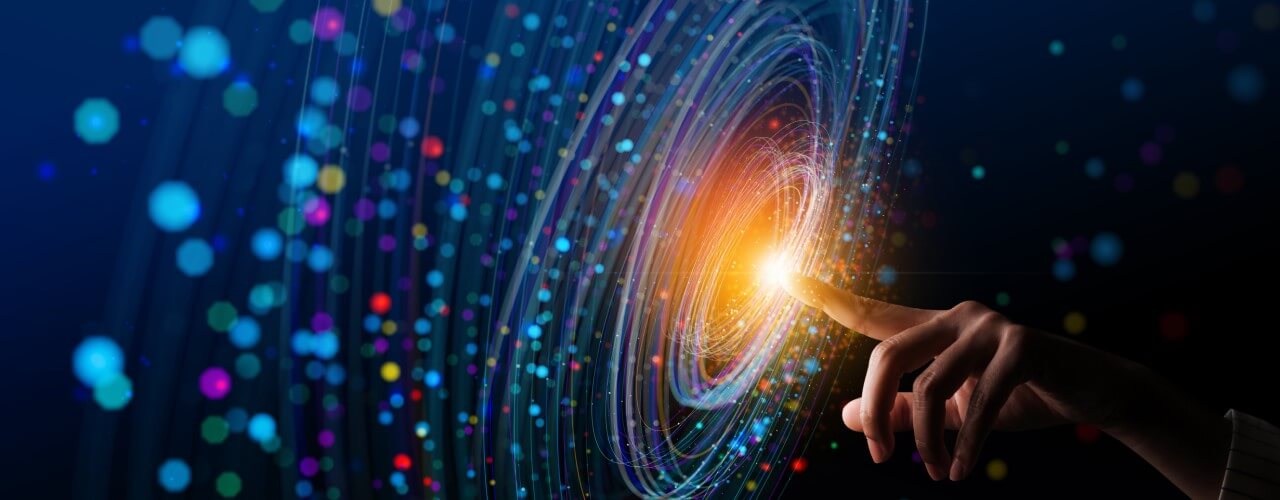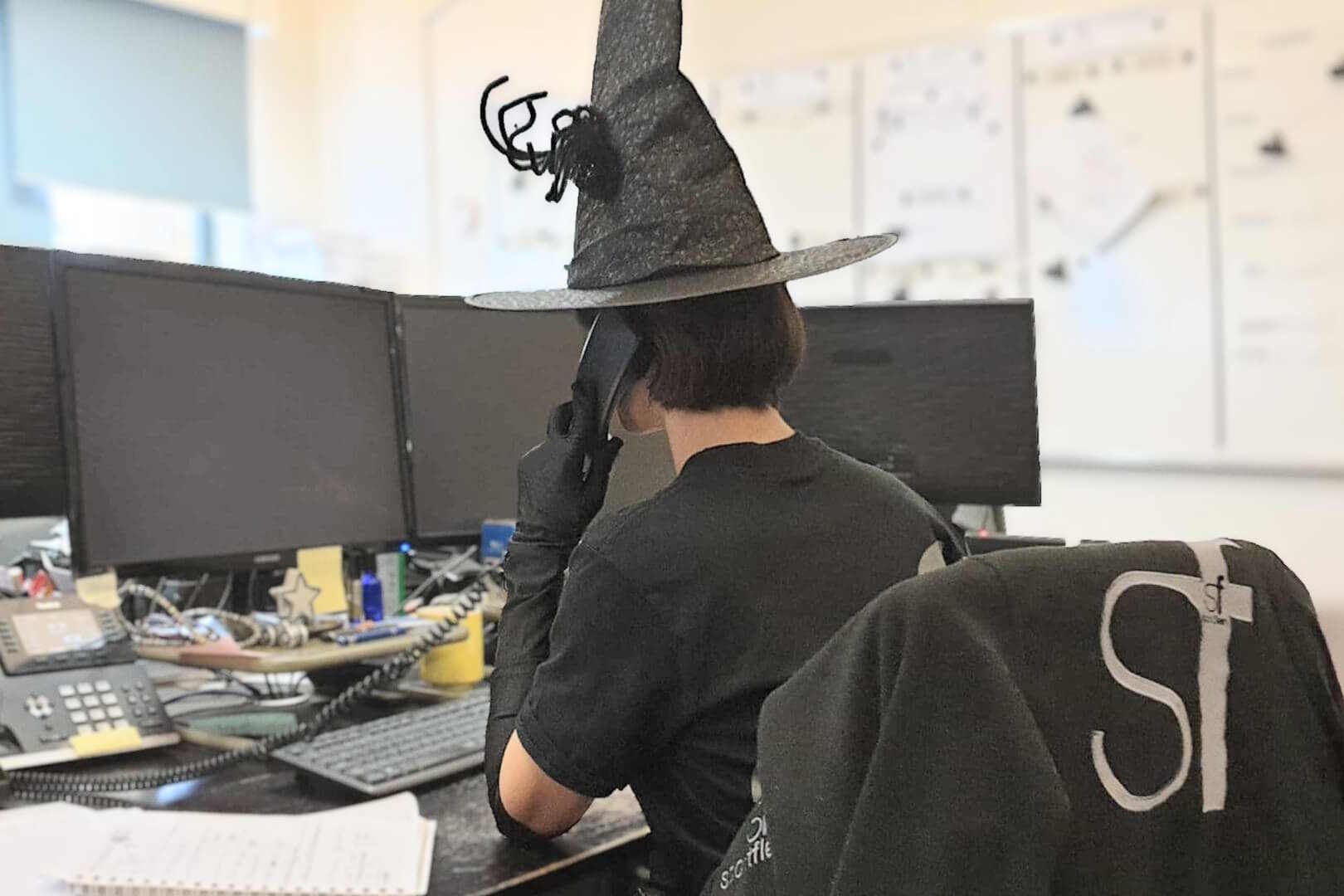How AI is affecting stage design
How AI is affecting stage design
Technology has not always had a positive impact in theatre. In fact, sometimes, the integration of tech into stage design has been pretty challenging. AI is one of those fields that has traditionally come with a lot of concerns and plenty of misunderstanding. But today it has the potential to improve the way that productions are delivered, for example, when it comes to computer-assisted drawing or lighting as elements of stage design.
AI and stage design
There are potentially many different ways that AI could have an impact when it comes to stage design. For example, it can create generative video, quickly respond to new prompts and perform creativity. AI is also supporting designers in the work of implementing the design vision and storyboards – parsing libraries of stock footage and creating new visual effects is a process that can be made much simpler with the use of AI. The technology allows for the creation of shortcuts in the content creation pipeline, for example, thanks to the ability to create complete images that are exactly designed to fit the stylistic needs of a production.
Text-to-image models
Using text to image AI means being able to describe exactly what you want, which will then be created by a machine ‘model’ that has been trained to recognise the language used and then try to create the best fit image. It’s a process that makes it possible to quickly iterate almost fully realised images, which can be a huge advantage in the process of stage design. Where AI is used in image generation like this it essentially pits machines against one another to see where the best machine images can be generated and spotted. Generative models like this can supplement the existing toolkit that any stage designer has and there are free and paid-for subscription models to choose from.
Where can AI tools be applied?
One very obvious way is in generating concepts, mood images and tone research. The first stage of scenic design is usually to collate images, visuals and to go through their own collected visual research. What AI tools can do is to generate the images based on a description, rather than requiring the designer to search. Input text can include theatrical set descriptors that then produce images that integrate the architecture of the stage. It can also suggest various vital details such as curtains, spotlights and broad floors for staging. There is still plenty that AI tools can’t do – for example, an AI generator may not interpret texture in the way intended. This may mean that it’s down to the scenic artist to come in and take the inspiration provided by the AI-created generation and then adapt them for the actual space. However, it will depend on the specific AI tools being used as to how much potential this has.
AI is affecting stage design in a very positive way, boosting creativity and giving design professionals the opportunity to go further and do more when it comes to bringing productions to life.
Still Have Questions?
Our friendly team is here to help you out.

